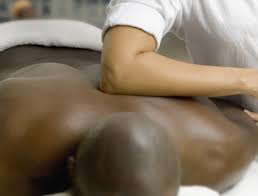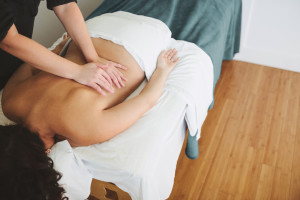We are committed to the health, safety & well-being of all our clients. We are following established OHA requirements by sanitizing all surfaces between clients, and taking added precautions with clothing changes and a utilizing True HEPA Filter air purifier with UV light sanitizer in our treatment room.
We have updated our current client policies + procedures to ensure proper social distancing inside the studio & reduce potential transmission. They are as follows:
- Read + sign our COVID-19 waiver prior to session. If you have had a new or worsening cough, fever, shortness of breath, or been in contact with anyone who is exhibiting any symptoms or has tested positive for COVID in the last 14 days, let us know ASAP so we can get you rescheduled.
We are open with limited capacity as we adjust to safety protocols & spacing clients. Please book online, text or email for availability & let us know if you have any questions or concerns. Thank you for your honesty, patience & compassion as we all adapt to these new changes.
In health,
Andrew, Jason, Katie, Katie Jayne & Luna
**For everyone’s safety our infrared sauna is temporarily closed.**









